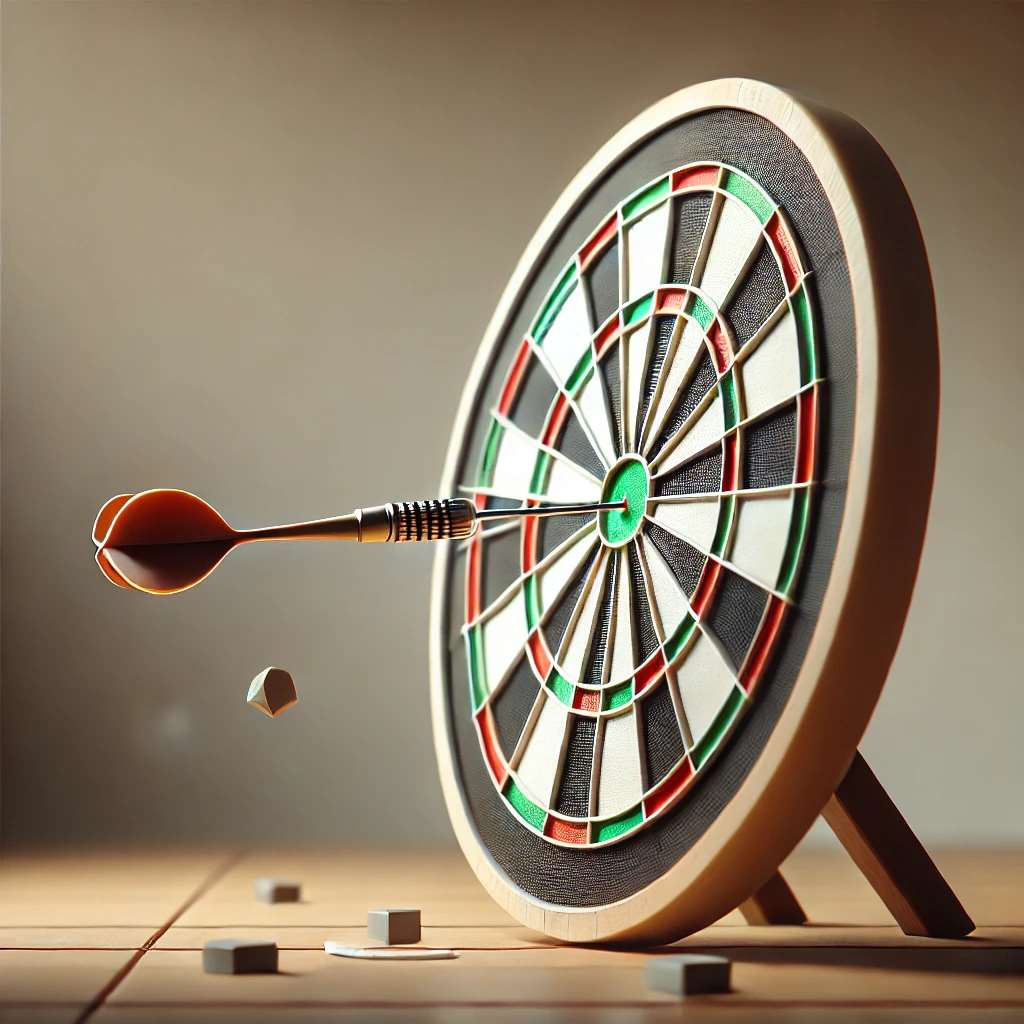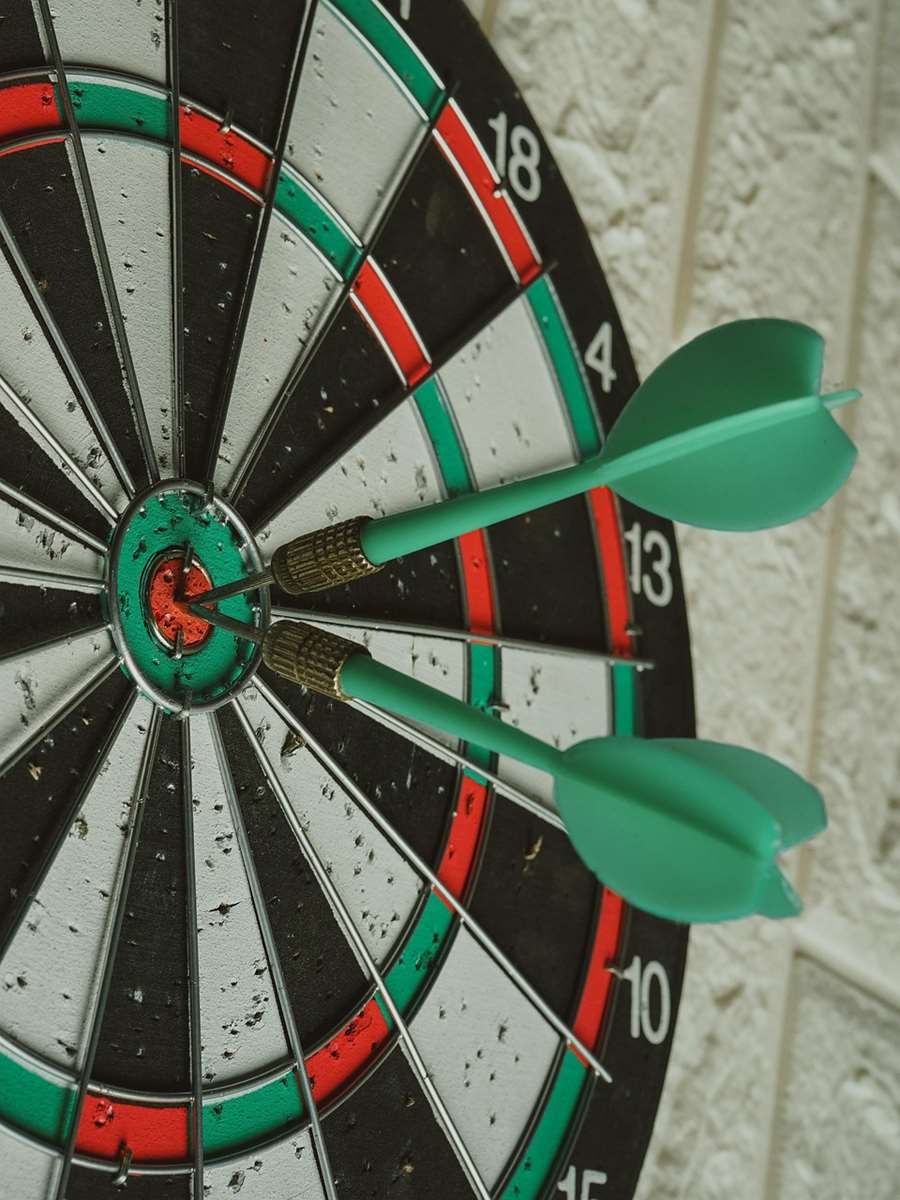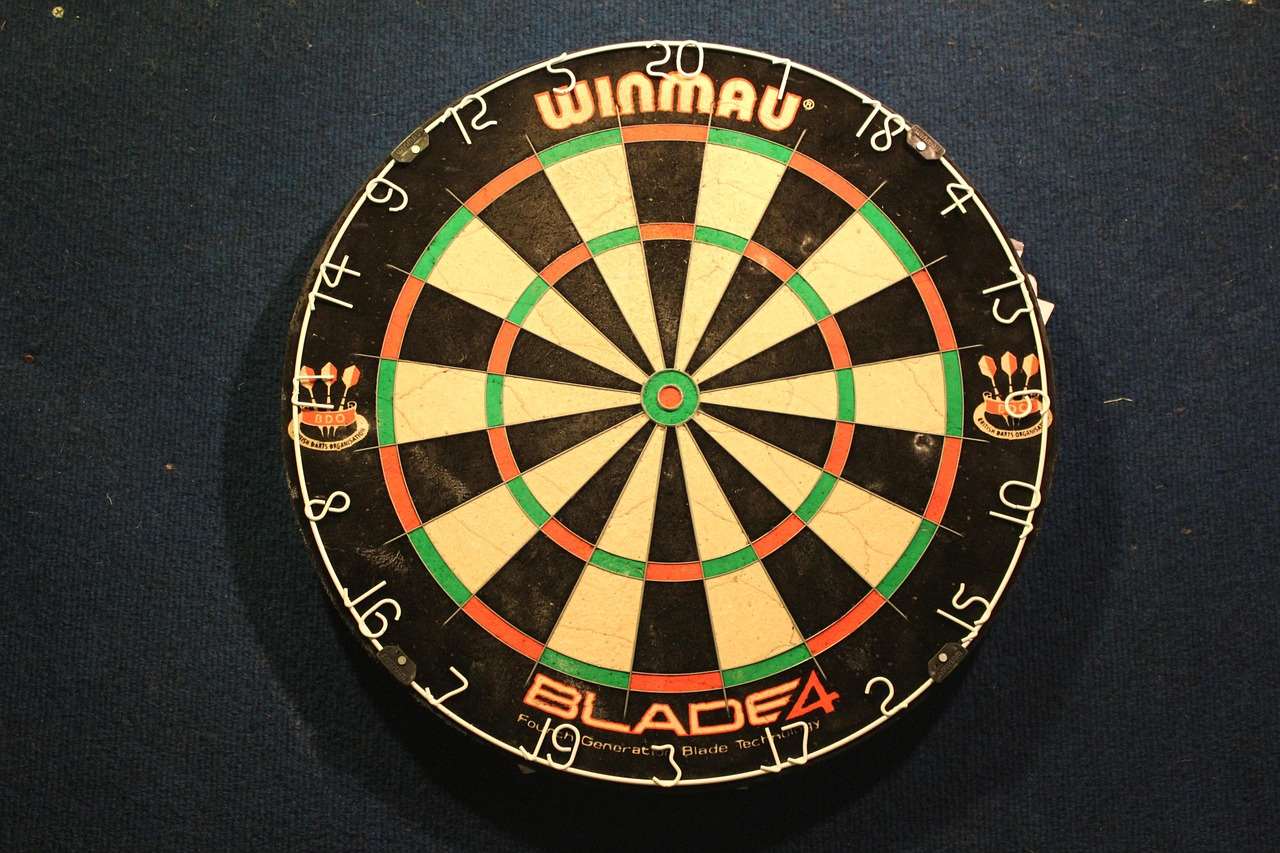Choosing the right dartboard for children is crucial for ensuring both fun and safety. This article will guide you through selecting the perfect dartboard, highlighting safety features, and offering tips for playing and maximizing enjoyment. We’ll also cover essential considerations like size, materials, and age-appropriateness.
⚠️ Still Using Pen & Paper (or a Chalkboard)?! ⚠️
Step into the future! The Dart Counter App handles all the scoring, suggests checkouts, and tracks your stats automatically. It's easier than you think!
Try the Smart Dart Counter App FREE!Ready for an upgrade? Click above!
A dartboard for children needs to be more than just fun; it needs to be safe. That’s why we’ll explore the features to look for, like soft-tip darts and durable, child-friendly materials. Beyond just the board itself, we will discuss setting up a safe play area and teaching proper dart-throwing techniques.
Choosing the Right Dartboard for Children
Selecting a suitable dartboard for children involves several key considerations. First, prioritize safety. Opt for a dartboard with a soft-tip design. These darts have blunt tips, minimizing the risk of injury compared to steel-tip darts. The board itself should be made from durable materials that can withstand impacts without easily breaking or splintering. Look for materials like sturdy plastic or sisal with a robust frame.
The size of the dartboard for children is also important. Younger children might benefit from a smaller board, making it easier to aim and hit the target. Consider the child’s age and dexterity when selecting the size. A larger board can still be beneficial for older children or those just starting, providing more generous targets for scoring points and building confidence. Ultimately, choosing the correct size makes the game more accessible and enjoyable. Always supervise young children when they are playing with a dartboard.

Size and Age Appropriateness
For younger children (ages 3-5), consider a smaller, lighter dartboard designed specifically for their age group. These often feature larger scoring areas and softer, safer darts. Older children (ages 6 and up) can generally handle standard-sized dartboards for children, but always ensure proper supervision and the use of soft-tip darts. Always read the manufacturer’s recommendations for age appropriateness.
Material Considerations
The material of the dartboard for children significantly impacts its durability and safety. Sisal fiber boards are popular due to their durability and ability to withstand repeated impacts. However, they are often heavier and may not be suitable for the very youngest children. Plastic dartboards for children provide a lighter, more affordable option with good durability. Choose a board with a strong backing to prevent darts from going through.
Setting Up a Safe Play Area
Before your children begin playing, creating a safe play area is essential. Find a location away from breakable objects like windows or furniture. Ensure there’s ample space around the dartboard for children to allow for a safe throwing distance without the risk of accidental injuries. Consider placing a safety net or mat behind the dartboard to catch any stray darts.
Clear the surrounding area of any hazards like toys, pets or other obstacles which may cause distractions. Teaching children the importance of staying within the designated play area, and avoiding throwing darts outside of the safe zone, will help improve safety. Additionally, explain the importance of not throwing darts at each other or other people. Emphasize safety rules through repeated instructions and lead by example.

Safety Tips for Children Playing Darts
- Always supervise young children when they’re playing darts.
- Ensure they understand the importance of aiming at the dartboard only.
- Teach them to throw darts with a gentle, controlled motion.
- Encourage them to take turns and wait their turn before throwing darts.
- Establish clear rules and consequences for unsafe behavior.
Teaching Proper Dart Throwing Techniques
Teaching children proper throwing techniques helps them improve their game, reduces the risk of injury, and promotes better aim. Start with a simple grip, instructing them to hold the dart firmly, but not too tightly. Encourage them to use a smooth, underhand throw, rather than throwing the dart overhand. A good starting distance is a few feet, then gradually increasing the distance as their accuracy improves. Focusing on proper technique will result in a more fun experience for them.
Consider starting with practice throws before starting a proper game. This helps children get comfortable with their grip, the throwing motion, and the overall feel of the darts. Make sure that they understand how to stand at an appropriate distance from the dartboard. Emphasize a controlled throw rather than forceful, uncontrolled throwing. Over time, as their skills increase, they will naturally adjust their stance and throwing form.

Fun Games and Activities with a Dartboard for Children
Beyond simply aiming for the highest score, there are many fun and engaging games you can play with your children using their dartboard for children. These games can help them develop their skills and keep them entertained for hours. Consider modifying the scoring system based on their age and skill level. Simple games like ‘nearest to the bullseye’ or ‘most darts in a specific section’ can be highly engaging for young children. Alternatively, using scoring systems that do not directly involve numerical points, for example, awarding points based on colour of the area hit, can be an excellent way to maintain a fun atmosphere.
To make it even more interesting, incorporate small prizes or rewards for achieving certain goals. This can further incentivize them to improve their skills and participate more actively. The goal is to make it enjoyable and encouraging for everyone involved. You might even create your own custom games and rules to add an extra element of personal touch and excitement. Remember to adapt the complexity and rules based on their age and skills.
Maintaining Your Children’s Dartboard
Proper maintenance ensures the longevity and safety of your dartboard for children. Regularly inspect the board for any signs of damage, such as loose wires, splintering wood, or worn-out sections. If you find any damage, address it immediately to prevent potential hazards. Clean the board periodically with a soft cloth and mild cleaner to remove dust and dirt, maintaining a clean playing environment.
Store the dartboard for children properly when not in use. This helps prevent damage and keeps it in good condition. If the dartboard for children is mounted on a wall, make sure it’s securely fastened and will not easily fall off. Ensure that the darts are stored away safely and are not accessible to very young children who might put them in their mouths or cause harm to themselves or others.

Beyond the Basics: Advanced Tips and Resources
For more advanced players, consider exploring different dart types and throwing techniques. There are many online resources and tutorials available to help improve your children’s skills. You might even consider looking for a local darts club or league to get them involved in a more social environment. Participating in competitions or leagues can enhance their sense of achievement and build their confidence further. If you’re looking for ways to improve your scorekeeping, using a Best darts scoring app can really help streamline the process.
Explore different games, such as cricket or 301, to add variety and challenge. Remember to always focus on having fun while promoting safety and sportsmanship. Creating a competitive yet supportive environment fosters their development and instills a sense of fair play. The objective is to encourage continuous improvement and maintain the positive aspects of the game, thus improving their gaming experience and overall enjoyment.
Thinking about crafting your own dartboard? Check out our guide on darts diy for some creative ideas!

Conclusion
Investing in a safe and engaging dartboard for children provides countless hours of fun and learning. By carefully considering the factors discussed above, from choosing the right type of dartboard to establishing safety rules and teaching proper techniques, you can create a positive and enjoyable experience for your children. Remember to prioritize safety, adapt the game to suit their age and abilities, and focus on fostering their skills in a fun, encouraging environment. So, get your dartboard for children today and watch them develop their aim and coordination! Happy throwing!
Hi, I’m Dieter, and I created Dartcounter (Dartcounterapp.com). My motivation wasn’t being a darts expert – quite the opposite! When I first started playing, I loved the game but found keeping accurate scores and tracking stats difficult and distracting.
I figured I couldn’t be the only one struggling with this. So, I decided to build a solution: an easy-to-use application that everyone, no matter their experience level, could use to manage scoring effortlessly.
My goal for Dartcounter was simple: let the app handle the numbers – the scoring, the averages, the stats, even checkout suggestions – so players could focus purely on their throw and enjoying the game. It began as a way to solve my own beginner’s problem, and I’m thrilled it has grown into a helpful tool for the wider darts community.